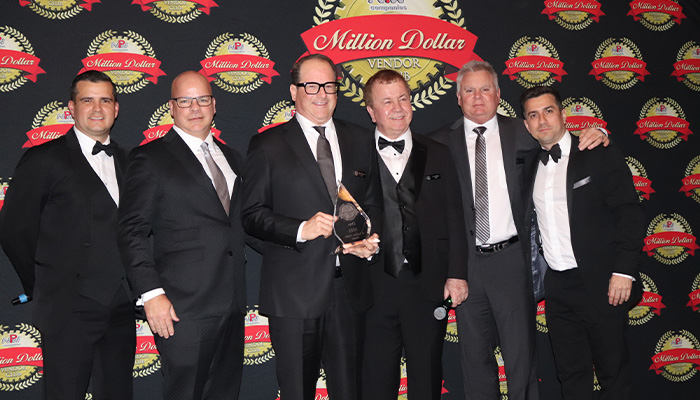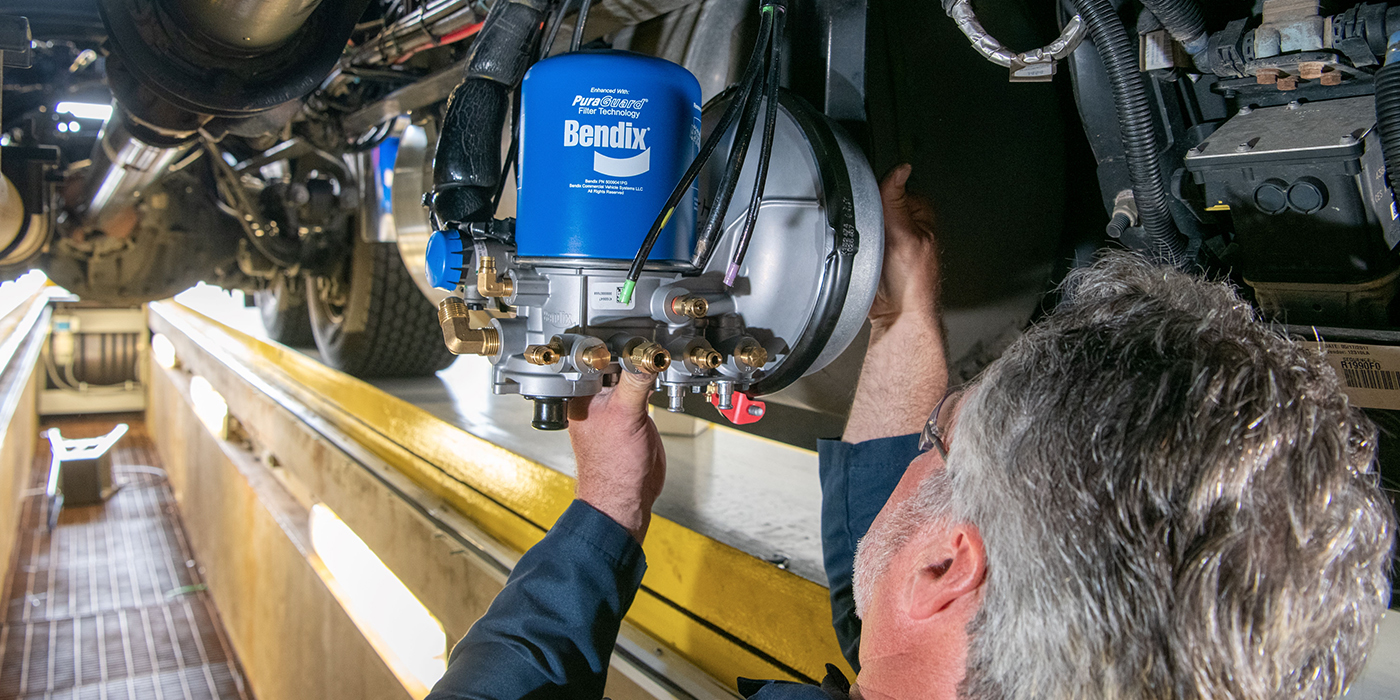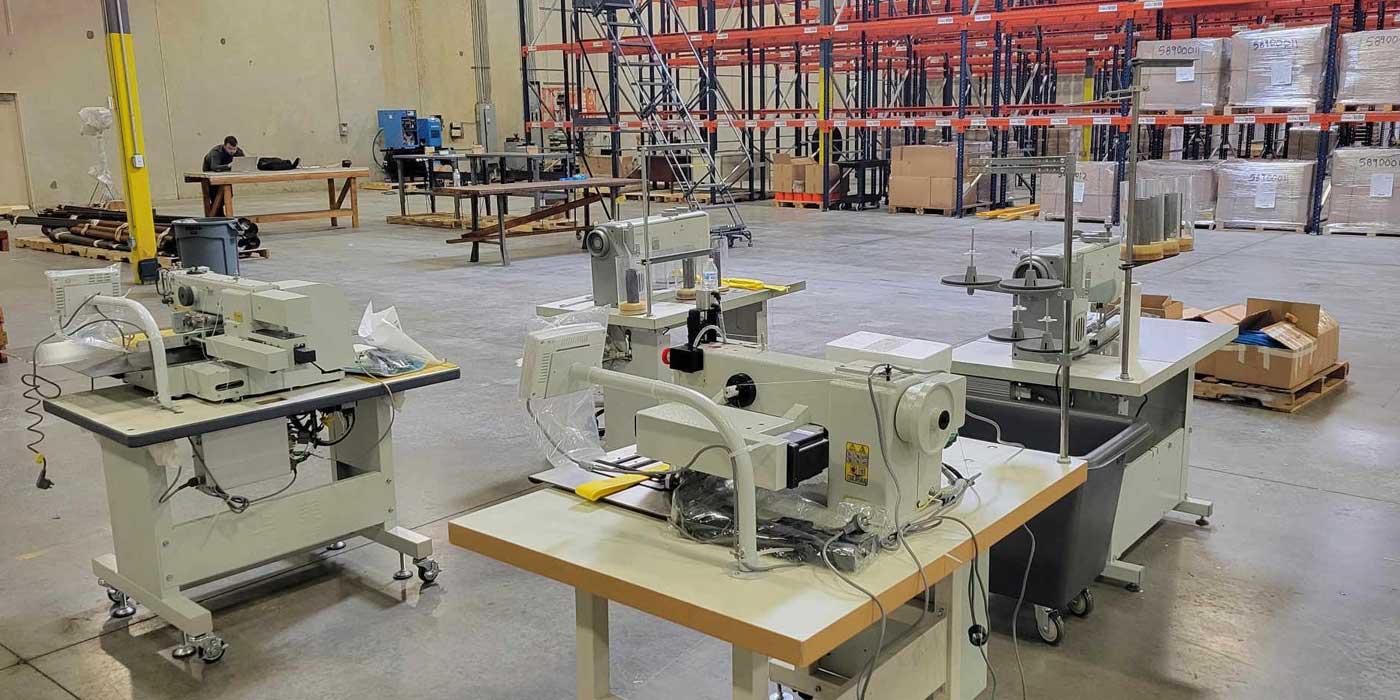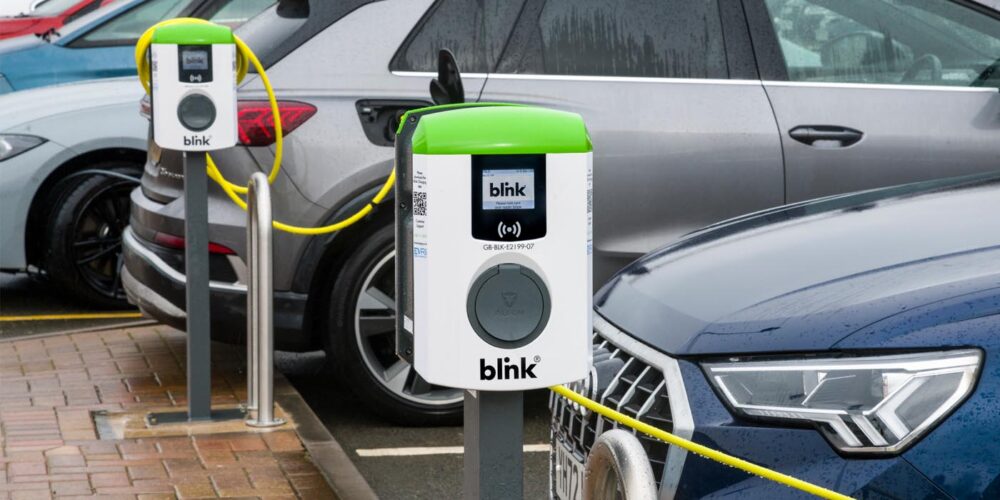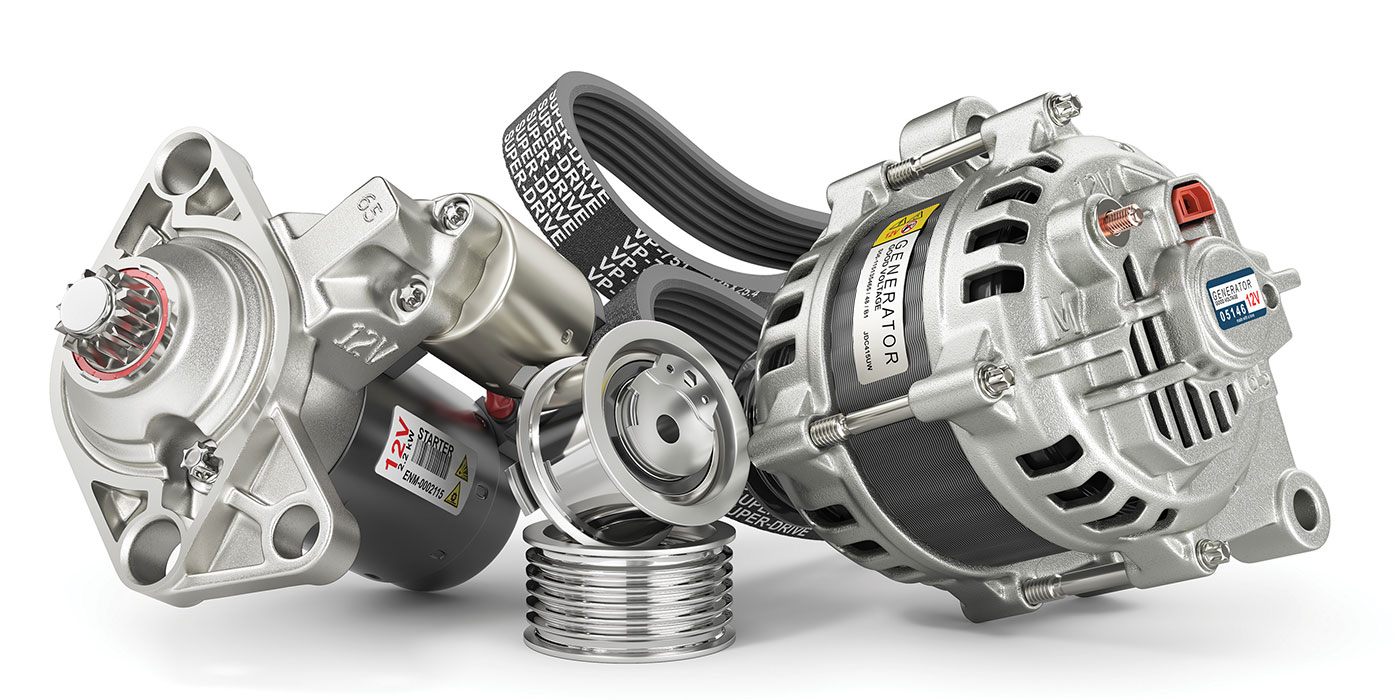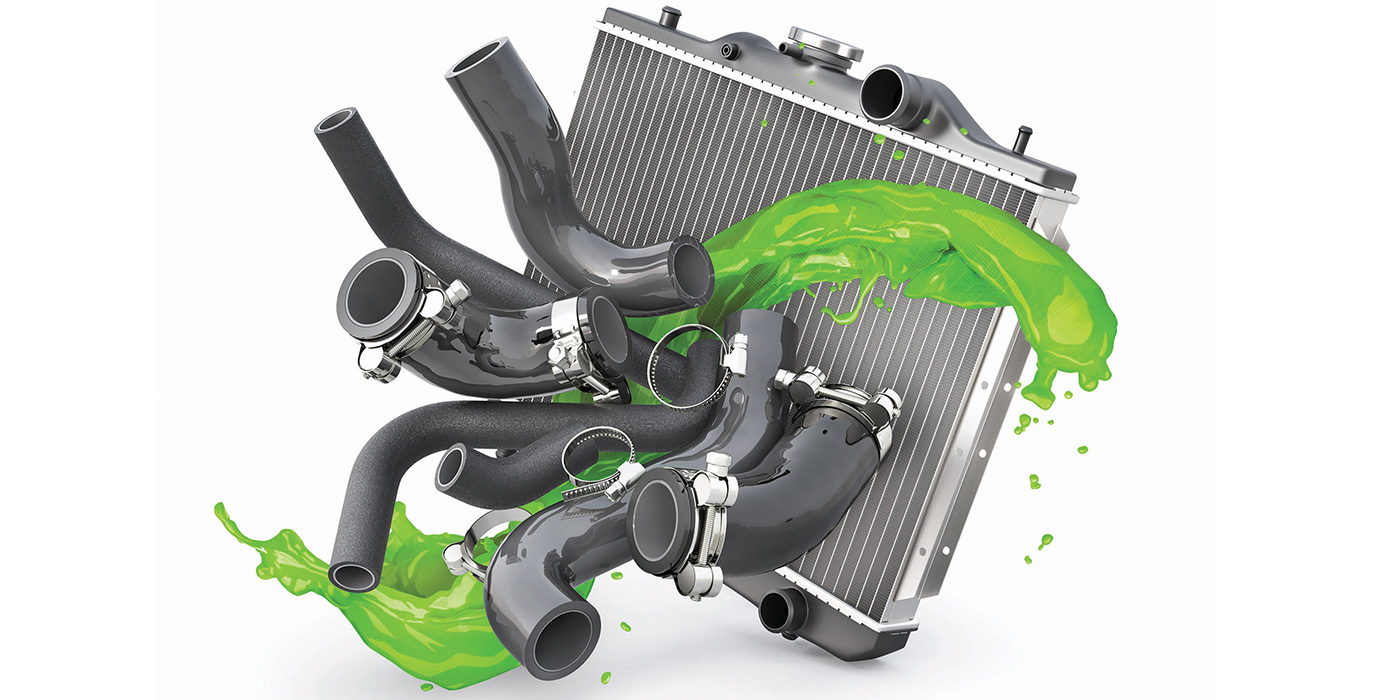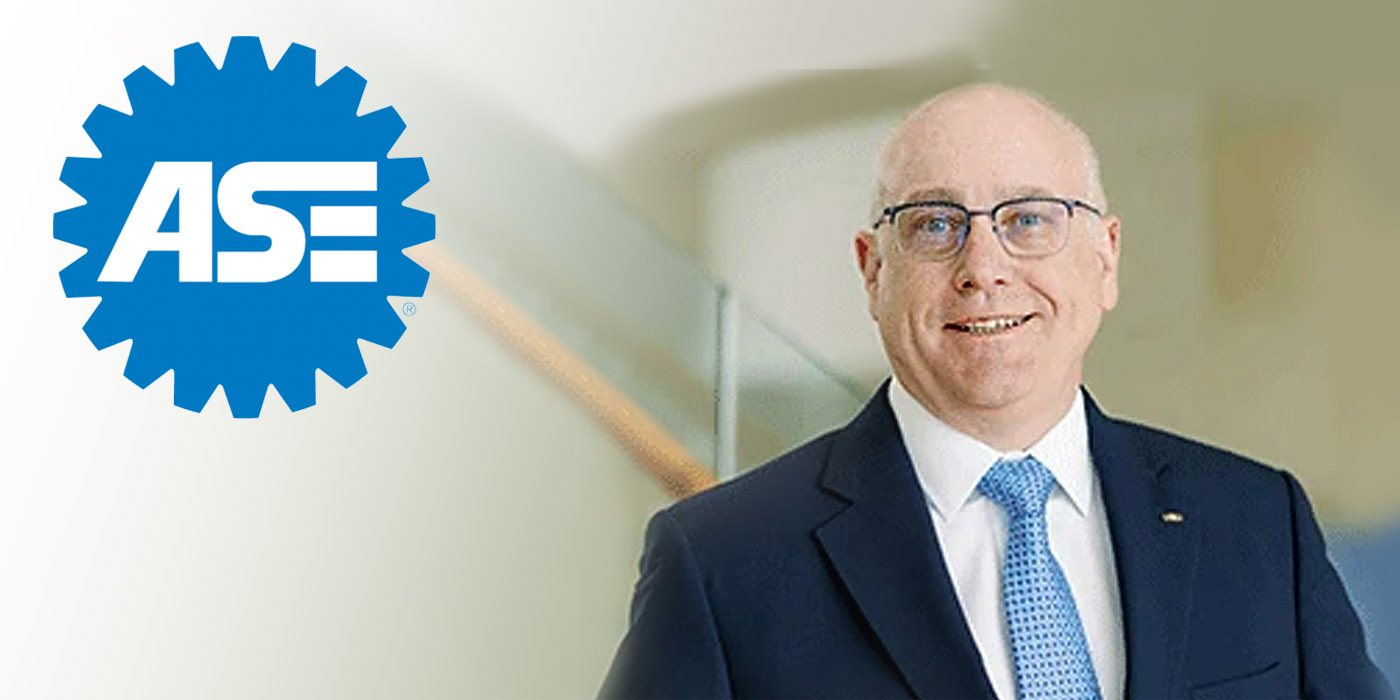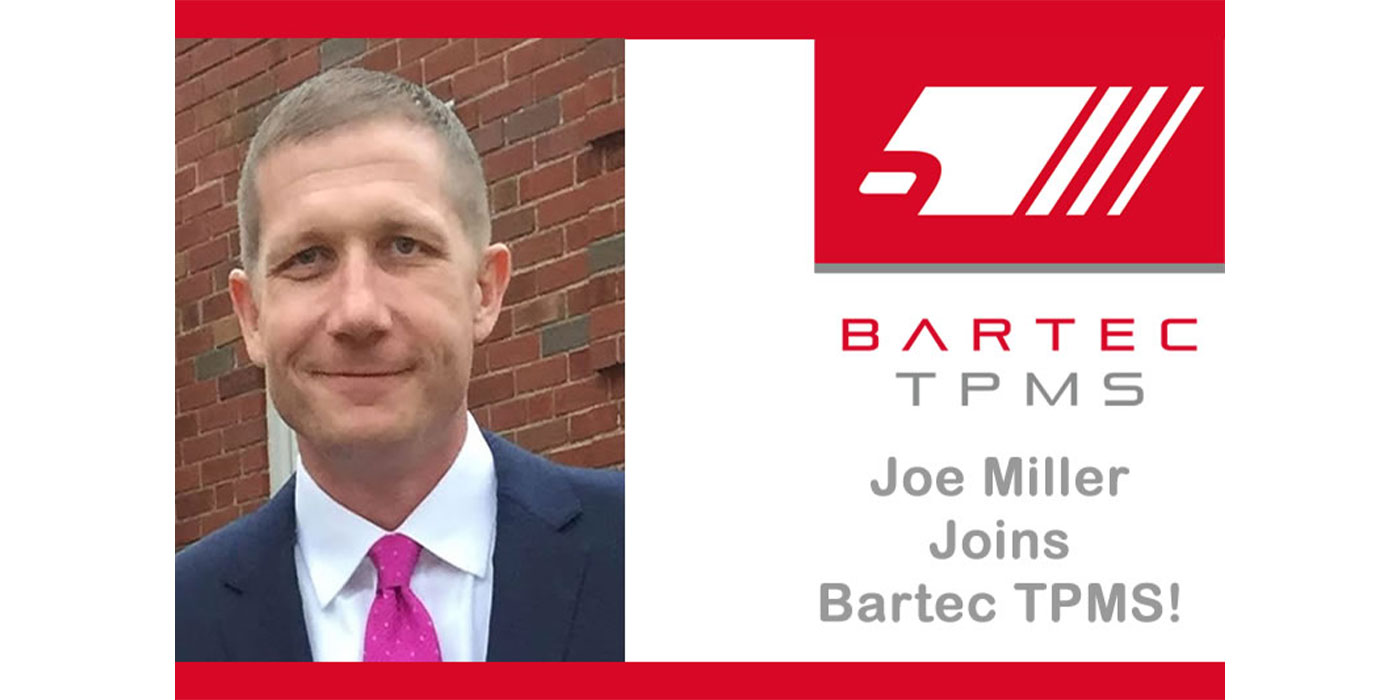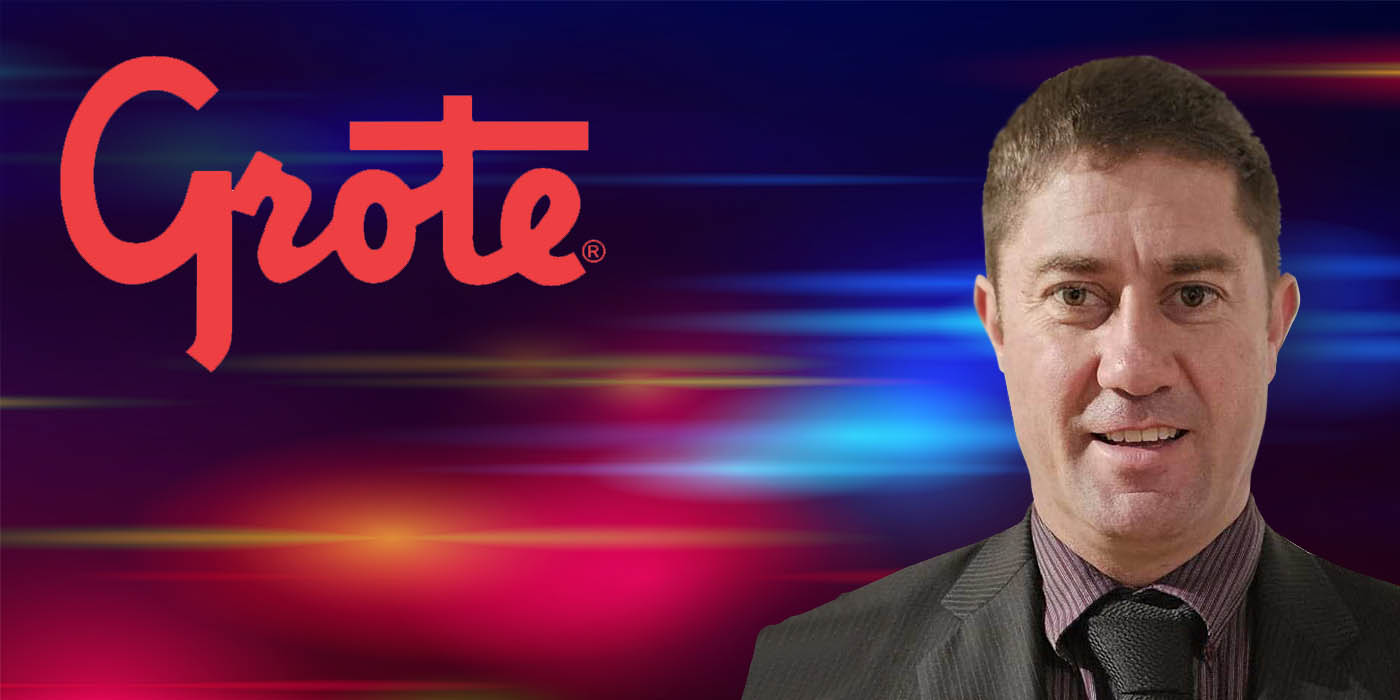MISSION VIEJO, CA — Last week we asked: Internally does your current computerized business system provide comprehensive data for managing stocking decisions?
This question begs another related question:
Where do you make your profits, from your products or from your customers?
If we had to venture a guess as to which one of the two was the primary creator or driver of profits, we believe most distributors today would say “customers,” because their products are commodities that most of their competitors offer as well. Exclusive supplier franchises that will grow both sales and profits by doing just what the manufacturers tell them to do, generally don’t exist for most distributors any longer.
As for the profitability of customers, most distributors know that not all customers are profitable and that the profitable ones vary in degree. Few would know of or believe the “150/20 rule” which states that on average 20 percent of a distributor’s customers will generate 150 percent of their profit before interest and tax (PBIT).
Here’s an example of how today’s forward looking distributors are using technology to beat their competitors.
One distributor started its strategic reinvention process with a customer profitability ranking report that showed:
• the top 10 accounts generated $64,000 in profits at an average of 8 percent PBIT margin;
• the bottom 20 accounts lost $80,000 and included some big name, “good” accounts;
• five of the top 10 were all large firms that could be grouped into a certain segment of customers that probably bought a common basket of items that another 50 A and B sized accounts in the same niche would probably also buy.
To better leverage dollars and retain/grow accounts in their number one niche, management reviewed their target fill-rate strategy for SKUs. They reasoned that fill rates for a one-stop-shop assortment of items is the cornerstone of good service, because on-time delivery, zero errors, etc. can’t happen if goods are out of stock.
They also questioned why they were trying to hit a 92 percent fill rate for inventory across ALL items, A’s to D’s. Why not invest in the top 500 common items for niche #1 to hit 98 percent or more? They did the math and decided to beef up the “strategic niche’s common items.”
The distributor found that higher fill rates had some powerful benefits:
• The average order size of shipments increased immediately while the number of small, extra orders for stocked out balances from elsewhere decreased. Productivity for order fulfillment personnel measured by gross margin/employee went up 15 percent in one month.
• Sales to the entire target niche climbed immediately due to the increased fill rates. Fewer stock outs was apparently increasing retention/penetration and decreasing defections. If two, local competitors going after the same niche have average fill rates of 99 percent and 92 percent respectively, what will happen to retention and defection rates over a period of time?
• Order fulfillment personnel morale climbed. They had to say “I’m sorry, we don’t have it” to core customers less often. They were saying, “yes, we have it” to non-core customers in the same niche who were grateful. Less work, better numbers, better service pride and less stress all helped. They were the beneficiaries of working strategically smarter, instead of harder due to an unfocused strategy.
To summarize, the distributor successfully made their buying decisions based on real data and the correlation of that data with their stocking decisions. This enabled them to make real and ultimately correct decisions. If distributors are currently limited to managing stocking decisions based on setting minimum and/or maximum order points for material, they are missing out on advances allowing for flow based replenishment, setting phase-in/phase-out parameters, category ranking for line, product group and sales location, setting rules for handling new part numbers and much, much more.
We’d love to hear your thoughts on the topics we post, suggestions for additional questions and anything you’d like to share. Send us an email at: [email protected] .
_______________________________________
Click here to view the rest of today’s headlines.
“DST Asks” is written and sponsored by DST Inc. The opinions expressed in “DST Asks” articles appearing on aftermarketNews.com do not necessarily reflect the opinions of AMN or Babcox Publications.

